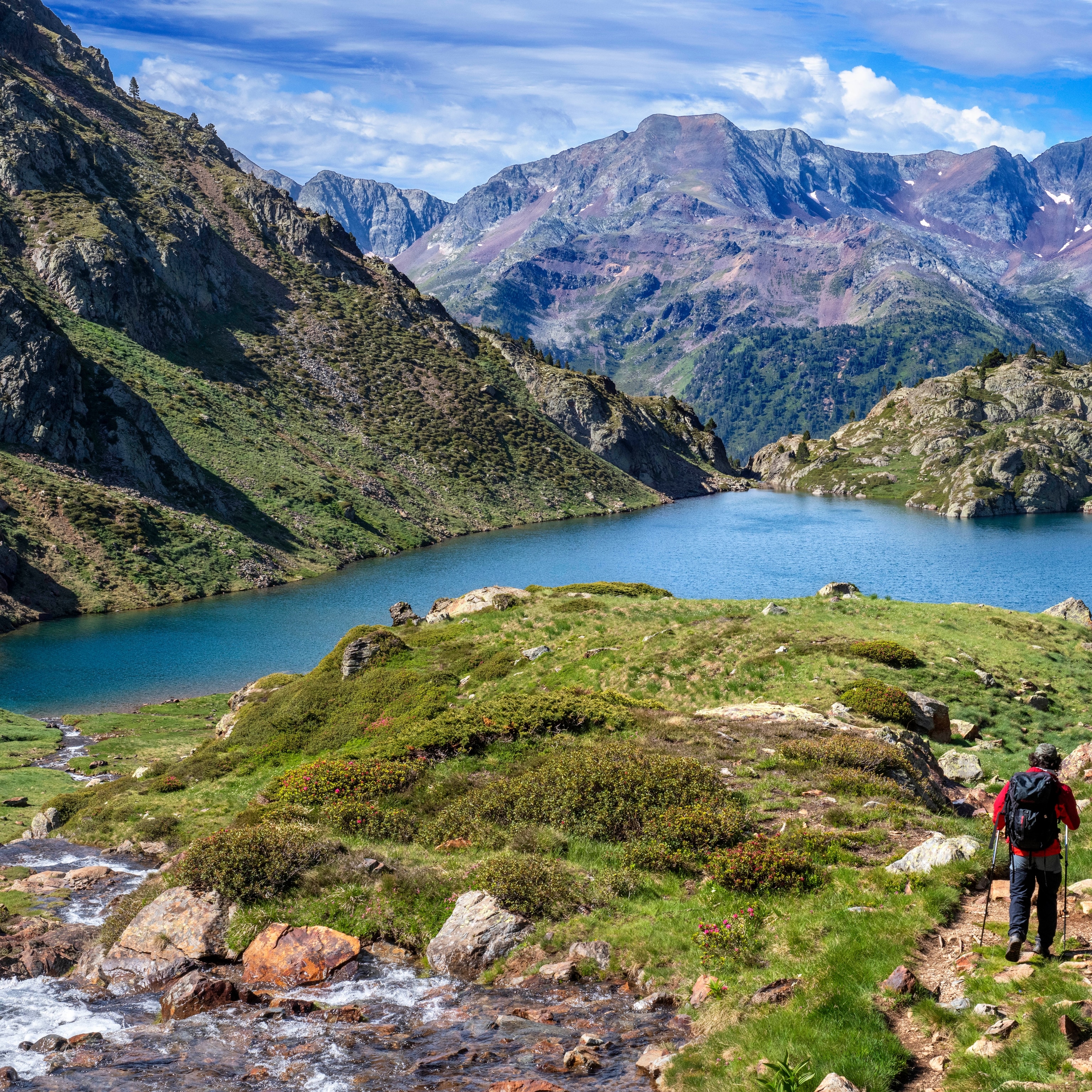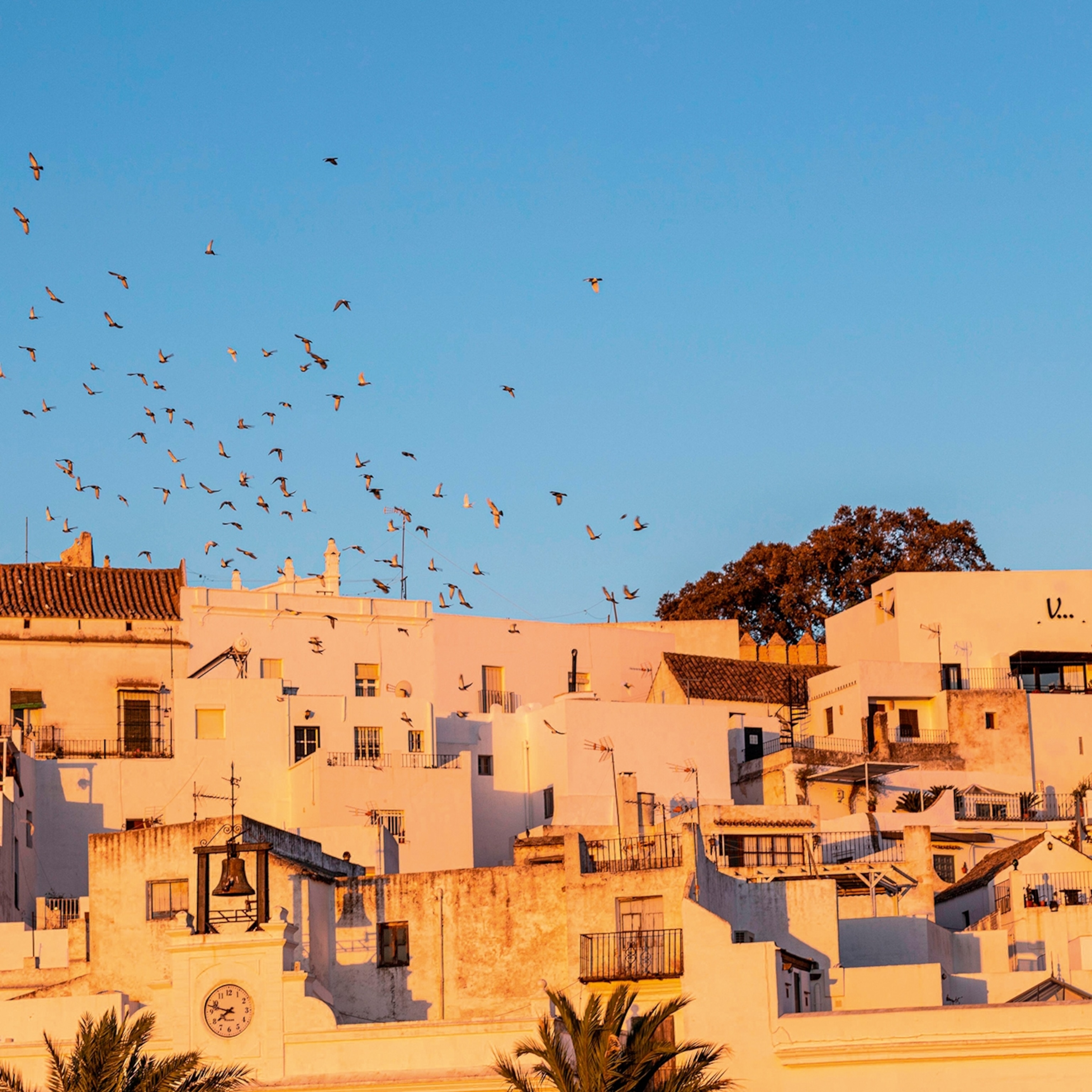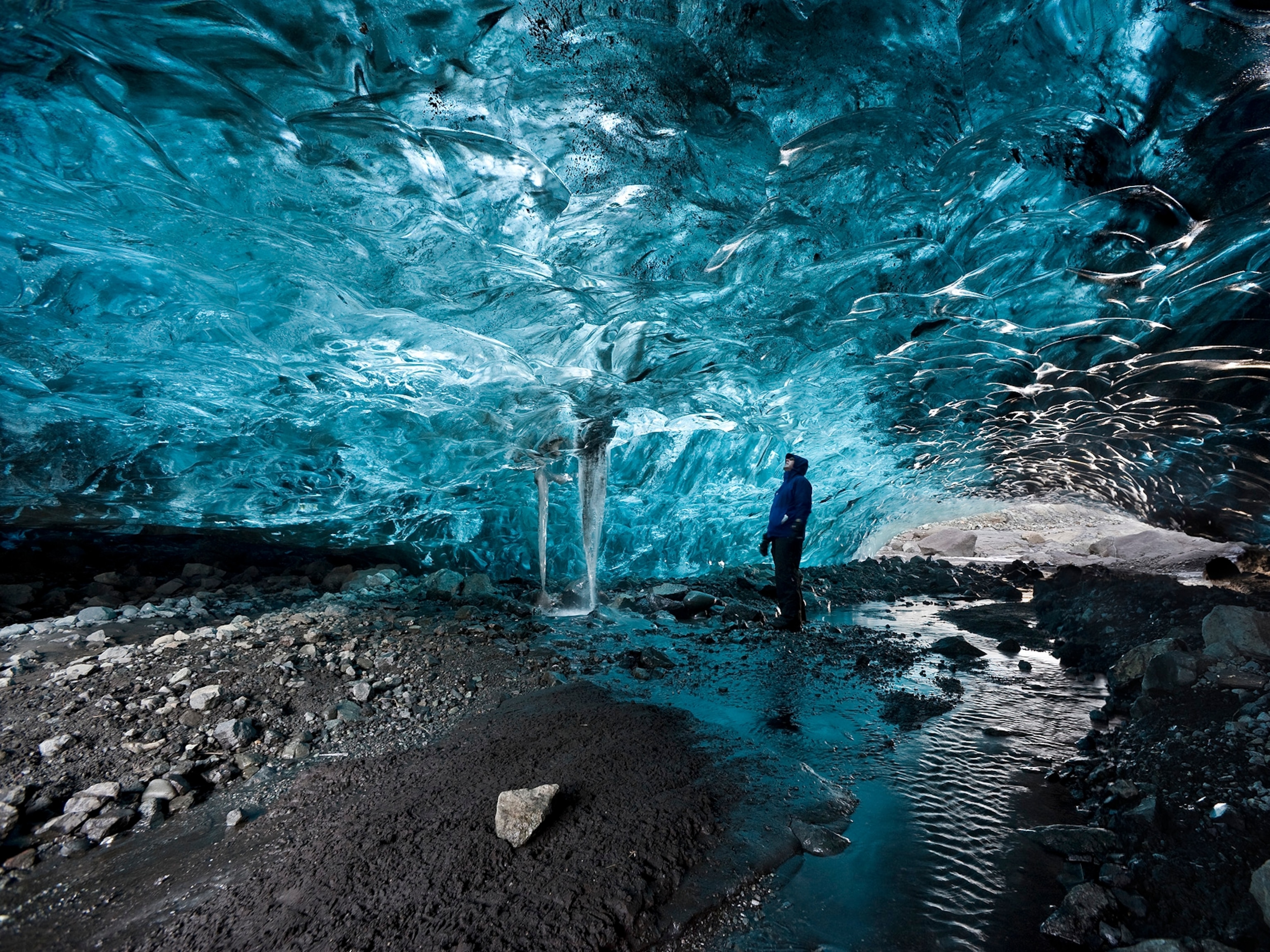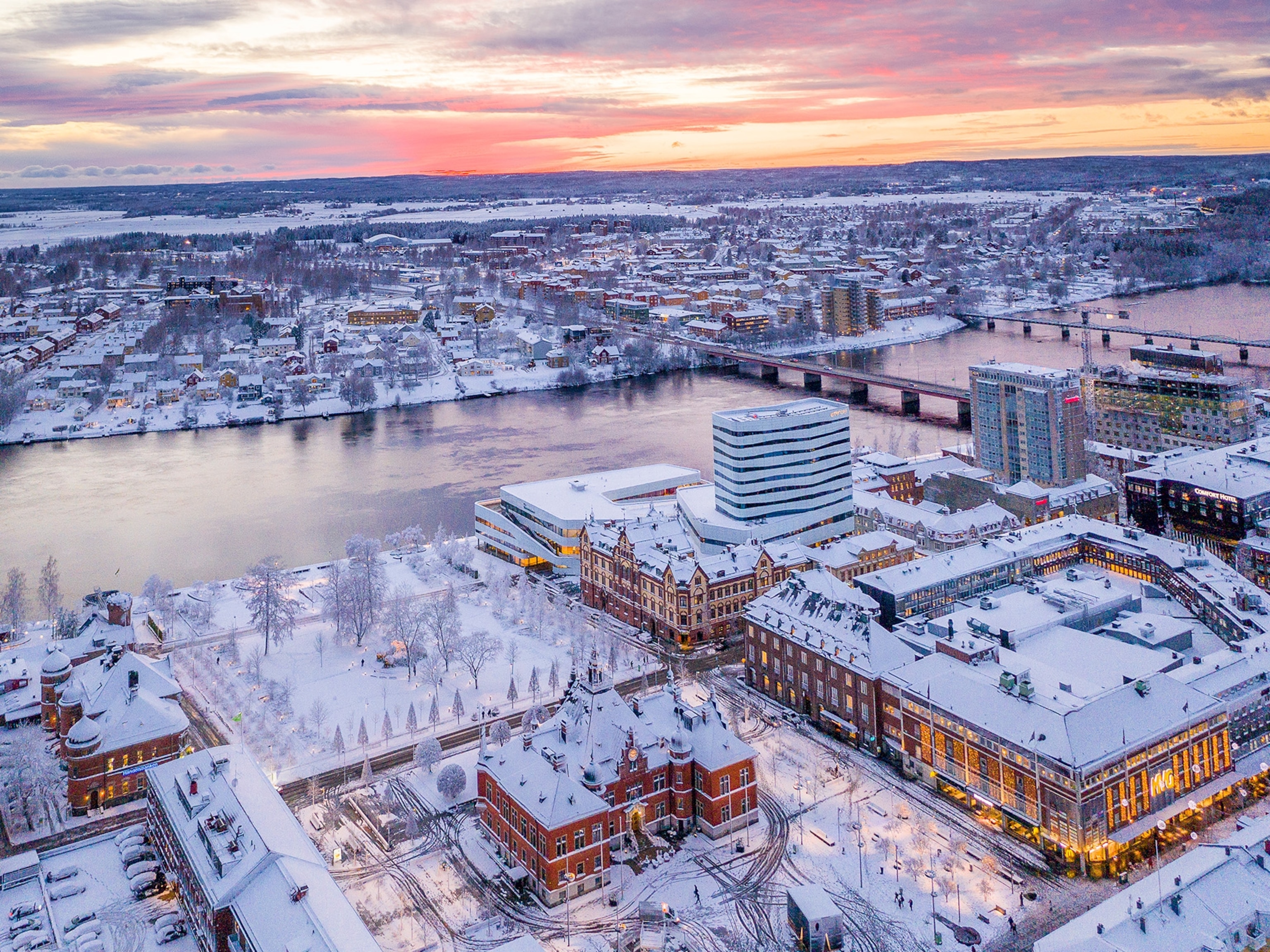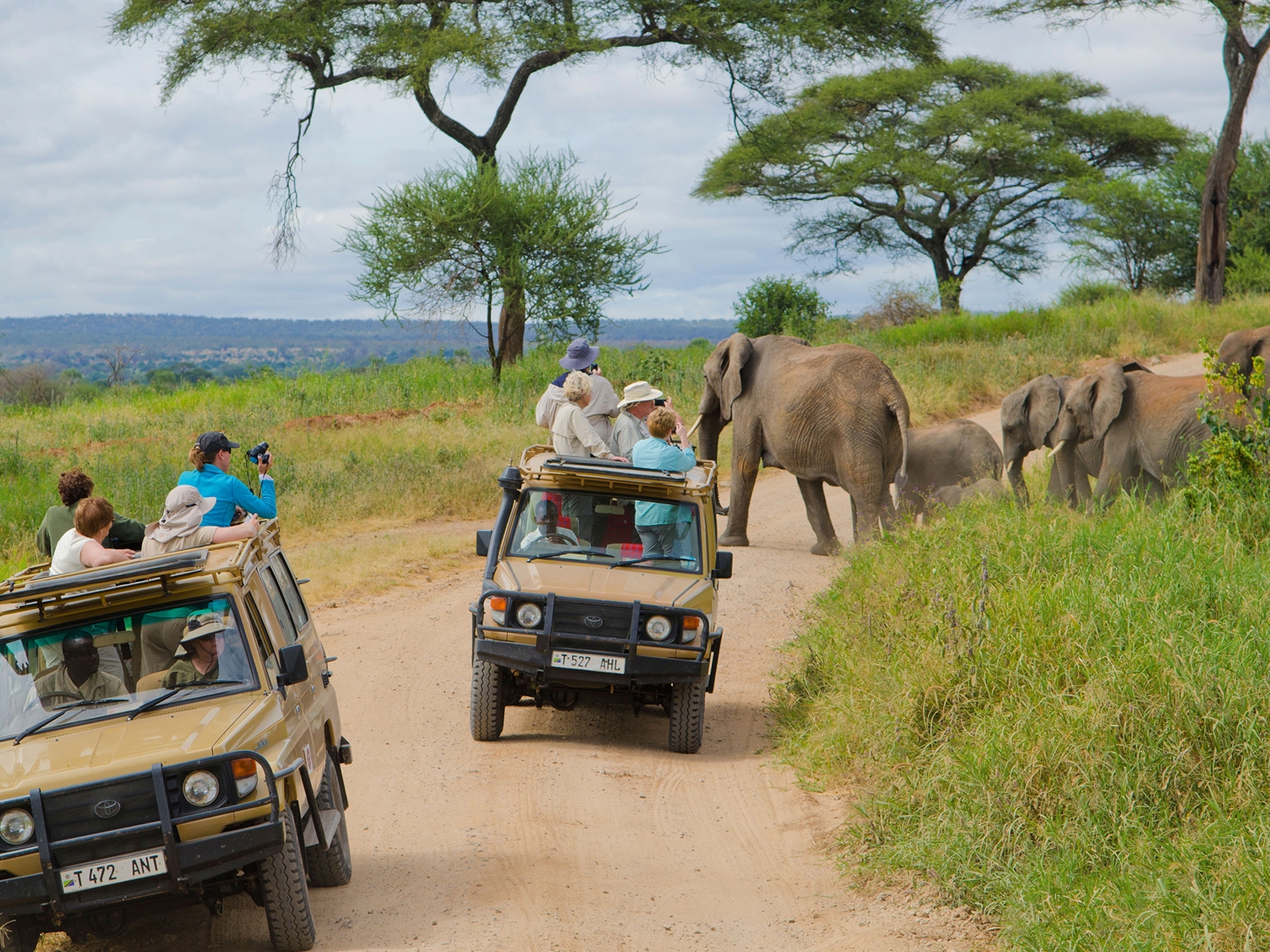Sarawak: exploring Malaysia's lesser-known island region
The jungle-clad region of Sarawak on the island of Borneo is a destination made for adventure, from exploring prehistoric cave dwellings to spotting colonies of orangutans.

Growing up, Borneo seemed like the wildest corner of our planet: a vast, far-away island where orangutans swung through the rainforest and remote tribes hunted with blowpipes. It was the sort of place that stoked the imagination; if you were a kid spending a rainy afternoon writing a story of adventure and exploration, you couldn’t start with a better backdrop than the jungles of Borneo.
(Legends of Kuching: in conversation with the craftspeople of Sarawak)
Four decades on, I find myself on the island, on a 10-day tour of the forested Malaysian region of Sarawak, which lies along the northwest shore. Strolling along the bustling waterfront of Kuching, the region’s capital (home to its international airport), I realise the real Borneo is more varied and textured than the Borneo of my boyhood visions: a place with modern, urban attractions as well as the tangle of nature beyond.
The city has busy bars, shops selling crafts and a restaurant scene in the midst of reviving kampong (village) cuisine. I pass costumed street artists entertaining pedestrians and admire the architecture of the towering Borneo Cultures Museum. Inside are immersive, multisensory exhibitions that offer a contemporary dive into the island’s past. Where I expected to find bronze effigies honouring the country’s revered great ape, there are quirky statues of domestic cats instead peppering the streets. This part of Borneo is vibrant — and a little bit bonkers; a curious gateway through which to pass into a landscape of ancient rainforests and colourful, charismatic wildlife.
(Discover the impressive sights of Niah National Park in Sarawak)
South of the city, at Semenggoh Wildlife Centre, high in the canopy, the trees bend and swish as apes move through the forest. Just a few feet away from my tour group, the orangutan troop’s dominant male descends to eat coconuts on a wooden feeding platform.

In the north of Sarawak, I watch as a tribesman in traditional dress fires a blowpipe — albeit a demonstration of the art at the Sarawak Cultural Village, in the shadow of Mount Santubong. Here, reconstructions of longhouses, complete with rattan mats, cooking utensils and model skulls hanging from the rafters, offer a glimpse into the traditional practices of ethnic groups living in the interior.
From here, I go east, rounding the coast in a little motorboat towards Bako National Park. We head towards a sandy cove, cruising past rocks shaped like spitting cobras, carved that way over thousands of years by the push and pull of the waves. Besides myself and the crew, there’s no one else in sight. Alighting, we trek the park trails. Among the leaves, a green pit viper waits motionless on a branch like a coiled spring and brazen long-tailed macaques scavenge for titbits by the accommodation huts. We keep our eyes peeled for endemic proboscis monkeys, but they remain elusive.

Days continue to pass in a kaleidoscope of experiences. In the state’s southwest, I cycle along forest trails in the gold-mining region of Bau, my T-shirt drenched by downpours of warm rain that come without warning. I walk between soaring limestone columns and gnarled stalagmites on dark trails through the huge Fairy Cave, thought to be 170 million years old. More impressive still are the Niah Caves in the north, a lost world where bats and swiftlets swoop and screech over my head, and where the region’s earliest people laid their dead to rest.
Sarawakians at every turn are committed to preserving and sharing their precious heritage. In her workshop near Kuching, sculptor Nabilah Abdullah shows me her clay brooches inspired by the rainforest, each bearing the imprint of a different leaf, and a black amphora she made using ancient techniques.
In the east of Sarawak, master weaver Ramtiniwati Ramlee explains how she’s continuing the art of songket, creating fabulous lengths of ceremonial fabric called sampin, decorated with motifs in golden thread. And, finally, I meet a family on the outskirts of Kuching making traditional rice wine the old-fashioned way — careful to do nothing that might offend the ancestral spirits.
As I prepare to leave, I'm reminded that despite the five-star accommodation and other comforts of modern Sarawak, and the contemporary culture on show in its capital, it's still a land than can stir the imagination of my inner eight-year-old adventurer.
Three unmissable experiences in Sarawak
1. Venture into the Niah Caves
Located deep in Niah National Park, nominated to become a UNESCO World Heritage Site, Niah Caves offer not only incredible archaeology, but a fabulously atmospheric travel experience. Take a boat across the Niah River before hitting a trail that winds several miles past outcrops of limestone that rise like temples among the vines and branches. Ancient burials have been found in the Great Cave, including the so-called Deep Skull, believed to be at least 40,000 years old and the earliest evidence of Homo sapiens in Southeast Asia. A wall of the Painted Cave contains images of figures in boats on their final journey to the afterlife. It can be slippery and dark, and you’ll need a torch when walking down some of the passages, but it’s utterly enthralling.
2. Meet the orangutans at Semenggoh
Just a 30-minute drive from Kuching, the Semenggoh Wildlife Centre was established in the 1970s as a sanctuary for the rehabilitation of rescued orangutans. Those apes — and their offspring — have grown into a semi-wild colony that lives freely in the 250-acre reserve (they can move beyond it if they wish, there are no fences here). When fruit is scarce in the trees, between March and October, they return to special feeding platforms. While there are no guarantees, there’s a high chance you’ll see some of the orangutans descend from the trees to feed.
3. Taste the local cuisine
Sarawak's cuisine draws on influences from western Malaysia and beyond, but also has traditional dishes and cooking methods unique to the region's different ethnic groups. There are various sambals, a Sarawak ceviche called umai, chicken, pork or fish cooked in a section of bamboo, called pansuh, and a dish called tempoyak made with fermented durian fruit. And be sure to try a mild and refreshing rice wine called tuak. During festivals, it’s customary for visitors to drink a glass of tuak at the door of every neighbour.
There are regular flights to Kuching from Heathrow via Singapore Kuala Lumpur and Brunei. For more information, visit sarawaktourism.com
